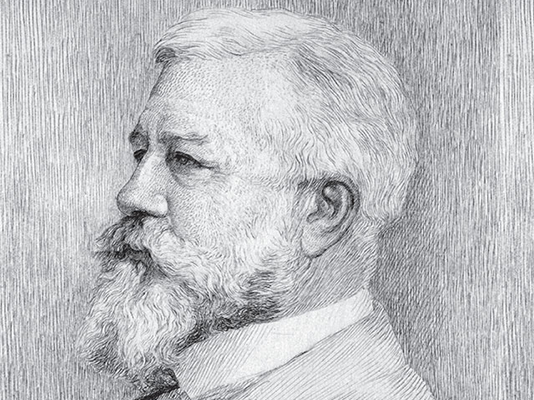If today we know the secret of gene transfer of cells, thanks to him: Who is Edouard van Beneden?
He started working on the structure of the cell while he was still a student. Influenced by studies on cell division, he focused his research on this area.

(1846-1910) Belgian cellist and embryologist. He examined the stages of the fertilized egg and determined that the number of chromosomes in the sex cells was half that of the other cells. Edouard Joseph Louis-Marie van Beneden was born on March 5, 1846 in Louvain. His father, Pierre-Joseph van Beneden (1809-1894) was a parasite and zoology scholar who was especially the first to explain the life cycle of tapeworms.
After studying at the University of Liege, Edouard van Beneden became a lecturer in the zoology faculty of the same university in 1870, associate professor in 1871, and professor in 1874. Due to his work, he received the title of honorary doctor from the universities of Brussels, Edinburgh, Jena, Leipzig, and Oxford. In 1880, together with van Bambeke, he started to publish a journal called Archives de Biologie. Influenced by Schwann and Schleiden's work on the structure of the cell and Walther Flemming's studies on cell division while still a student, Beneden's embryology courses at the University of Liege were entirely based on his own research and observations. The manuscript lecture notes of Beneden, who died in Liege on April 28, 1910, were published posthumously by his student Brachet.
Edouard van Beneden, in full Edouard-Joseph-Louis-Marie van Beneden, (born March 5, 1846, Leuven, Belg.—died April 28, 1910, Liège), Belgian embryologist and cytologist best known for his discoveries concerning fertilization and chromosome numbers in sex cells and body cells.
Flemming and Schleiden explained the existence of substances called “chromatin” in the structure of chromosomes and consisting of DNA and proteins. After Beneden observed that this substance passed into the cell at an equal rate, it became clear that chromatin was also dividing along with the cell. It has also been clarified by Beneden's studies with Flemming and Boveri that the centrosome replicates itself in cell division and is inherited throughout cell life.
Schleiden's work, which examined the state of the nucleus during cell division in 1873, also revealed the role of the chromosome and nucleus in heredity, early observers believed that the nucleus was not found in eggs and sperm, but formed after cell division. Based on the view that the nucleus and its contents are continuous and passed from one generation to the next, the research of Schleiden and Beneden proved that the contents of the nucleus are not lost and are divided into two nuclei during cell division.
Beneden, who conducted research on a type of intestinal worm named Ascaris megalo-cephalae, which is parasitic in horses, in 1883, showed that the egg and sperm cell contains half as many chromosomes as the original cell and explained why the chromosome number is halved in meiosis. contributed.
